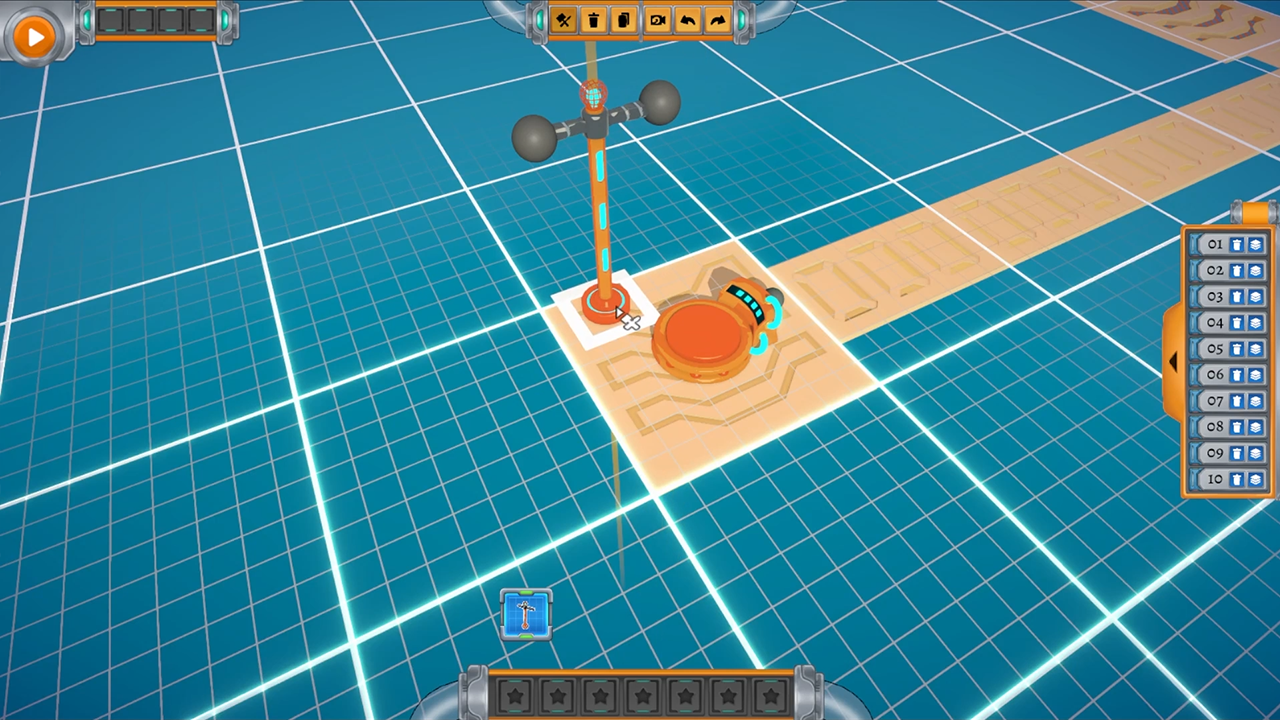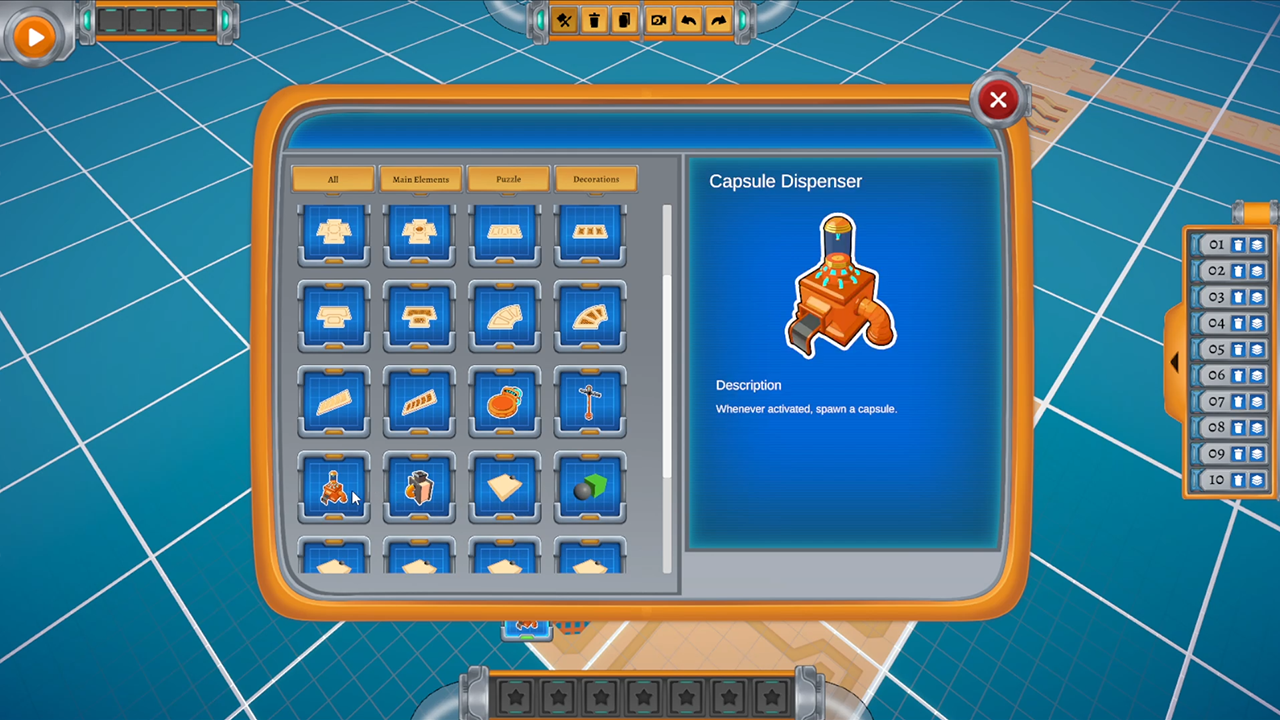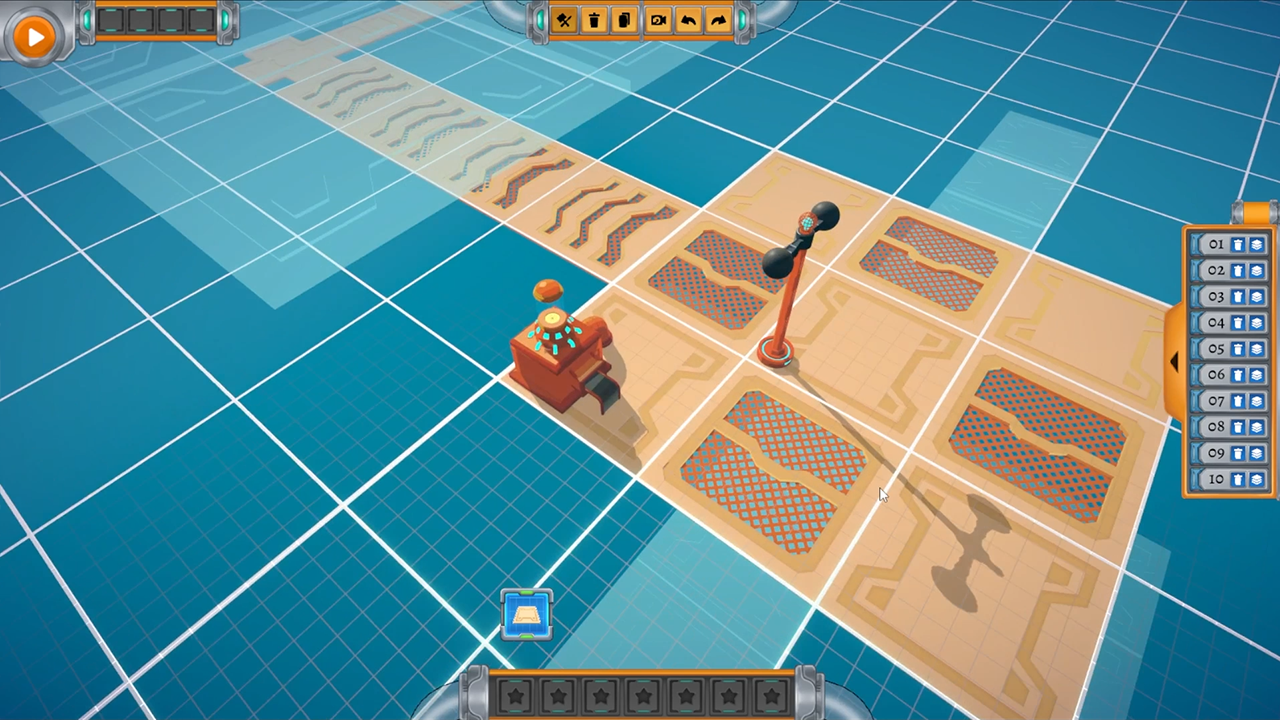Repeat After You
Description
Repeat after You expands on last semester’s project, Repeat after Me, by introducing a level editor that lets players create and share their own puzzles. Featuring a custom serialization system, puzzle objects and logic gates can be interconnected seamlessly, with levels saved as JSON files for easy sharing. The project transforms the original game into a dynamic, community-driven experience, giving players the tools to craft and challenge each other with custom levels.



Development process
Following the success of our previous semester’s project, Repeat after Me, our team set out to expand the experience by developing a full-fledged level editor. While university guidelines initially required students to create an entirely new game each semester, we successfully made the case — with the support of our professors — that a level editor constituted a new and distinct technical challenge. This made us the first student team permitted to continue a previous project, ultimately leading to a policy change at our university that now allows other teams to extend their work under special circumstances.
We reassembled our original team, adding two more artists, one of whom focused specifically on UI design. This continuity allowed us to retain the existing infrastructure from the previous semester, including our CI pipeline, version control system, and code review workflow using Perforce.
As the core programmer, my responsibilities centered around implementing the serialization and file handling backend, along with the main architecture for the level editor’s controller system. I began by creating a system for managing platform IDs, prop IDs, and connectable IDs, used to uniquely identifying the position and type of objects to be placed in the level. This system served as the backbone for loading, saving, and placing elements accurately in the scene.
To support extensibility, I developed generic base classes for editor objects, platforms, and props, which our second programmer used to create specific puzzle components. He also implemented a connection system, allowing our game designer to link puzzle elements using logic gates and other mechanics.
I structured the main scene and editor controller into modular manager components, each responsible for a specific editor subsystem. In addition, I implemented a camera system and an onion skinning feature to enhance level navigation and iteration. To support level composition, I also created a custom grid shader for improved spatial clarity. Finally, I developed the JSON-based save/load system, enabling seamless export and import of user-created levels.
Once the editor reached feature-complete status, I focused on performance optimization, memory management, and codebase cleanup. I also supported our UI artist by integrating UI functionality on the code side, ensuring a smooth and intuitive user experience.
